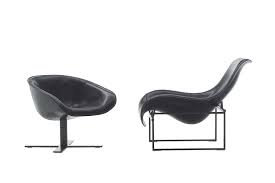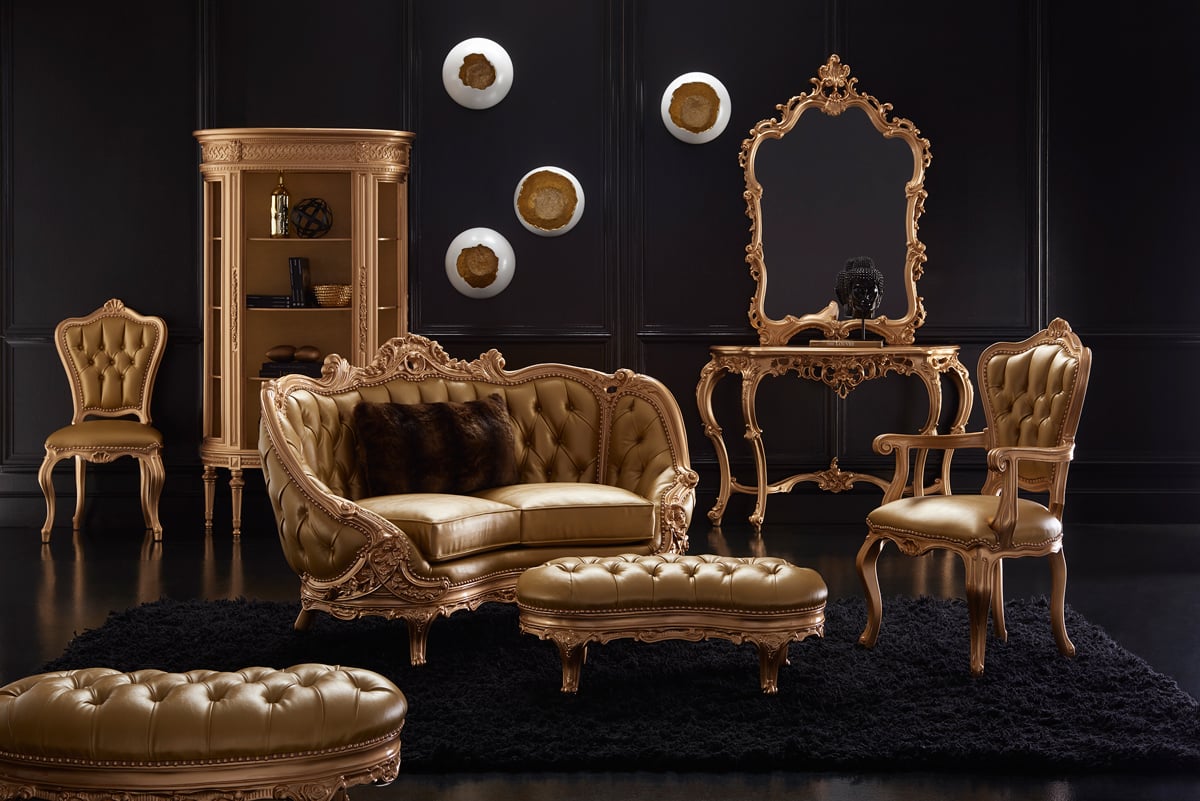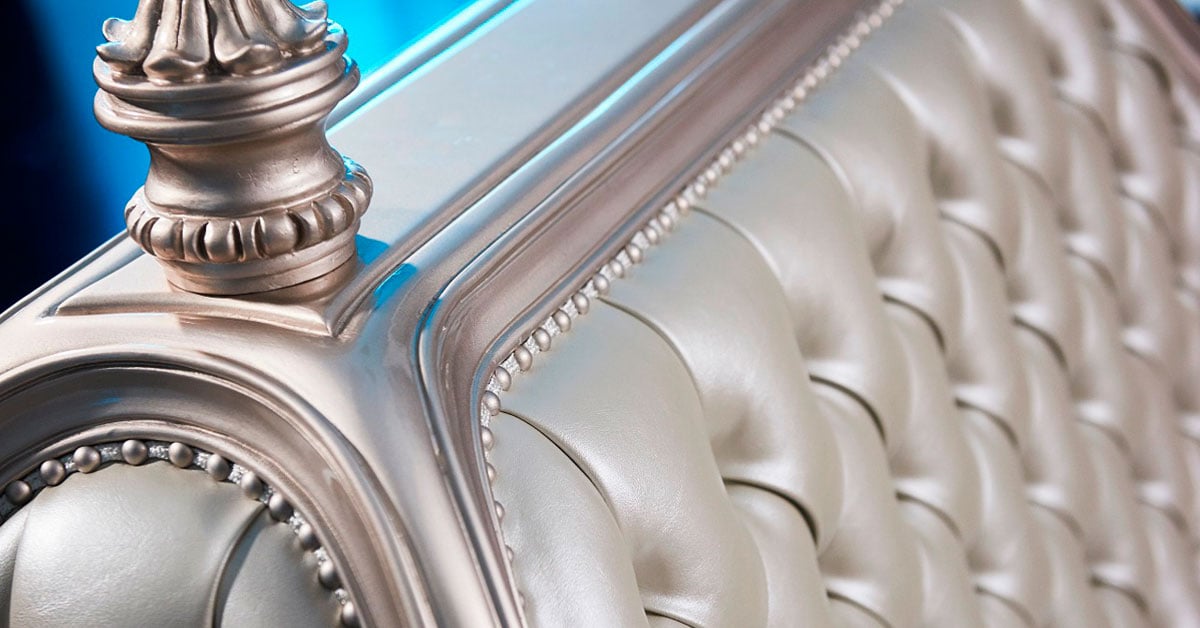We would all love to have precious wood furniture, after all, there is no material that exceeds its beauty and versatility. However, resistant and quality woods are a resource that is renewed very slowly: a tree can take more than 25 years to reach maturity, and as many years to become an ideal source of pieces for carpentry.
Therefore, it is not uncommon for many of the most appreciated solid woods - such as cocobolo, tzalam, cedar and mahogany - to come from unsustainable sources, that is, from illegal logging in forests and jungles, which entails a great deforestation problem and damage to the environment. This without taking into account that, given the situation that the planet is going through, the most responsible thing would be to let the trees fulfill their natural function as long as possible.
The search for alternatives
This problem is not new, and for several decades carpenters and cabinetmakers have tried to find ingenious ways to preserve the aesthetics of wood in their pieces, while consuming as little of this material as possible.
One of the most popular techniques for this purpose is veneering, in which a thin sheet of fine wood is applied over a body of plywood or other cheaper wood, such as pine. However, doing this is very difficult when the parts have curved surfaces.
Perhaps the latest innovation in this area is laminated wood: a technique in which sheets of various woods are bonded with synthetic resins and shaped into the desired shape. In this "sandwich", the inner layers are flexible and resistant woods, while only the outer ones come from solid woods.
However, reducing the consumption of precious woods is not enough, it must be eliminated completely, but until recently, one of the main reasons that prevented manufacturers from opting for synthetic materials was that they did not have the same beauty, resistance and quality than their natural counterparts.
Fortunately, today advances in molding techniques have allowed parts made of polymers and other synthetic or recyclable materials to rival the quality and beauty of natural material furniture.
Therefore, this time we want to tell you about the state of the art in furniture and decorative objects made with the latest generation materials:
The materials that are catching the attention of the design industry:
Thermoformed polymers
For those who prefer light and utilitarian furniture, we have great news. One of the biggest trends in recent years is that of thermoformed polymers: that is, special plastics that when reaching a certain temperature behave like soft plasticine, and can be molded into the most capricious shapes using plates or molds. .
When cooled, they perfectly retain the shapes they acquired and their mechanical resistance leaves nothing to be desired.

In this way, lightweight pieces with highly ergonomic curves can be made. And you know what's best? That almost all plastics that can be thermoformed are also capable of being recycled. Therefore, they are one of the best options for the production of contemporary furniture.
Polyurethane
Polyurethane is an extremely popular type of plastic because, when subjected to certain processes, it becomes ideal for making sponges and foams that serve as excellent thermal and sound insulators.
However, all this time its aesthetic potential has been wasted, and it was not until recently that, experimentally, a few workshops around the world decided to use it to produce pieces of furniture and decoration.

The first results were good, but through constant improvement, now polyurethane furniture is quickly positioning itself as a new market favorite thanks to its incredible aesthetic properties.
For example, POLaRT furniture is manufactured using a process of casting into huge molds, which allows the production of single-body structures, without joints and without loosening nails or screws. This continuous surface also makes it possible to enrich the piece with highly intricate details.
Compressed fibers
In the last twenty years, the concern to find ecological materials that are resistant and aesthetic at the same time has led to the development of tablets: that is, materials made with natural fibers such as hemp, coconut, bamboo and kenaf, among others. The first uses of these new materials took place in the niche of disposable plates and cutlery, and they soon found excellent application in packaging as well.

Thanks to the perfection of the techniques to produce and handle tablets, in recent years the designer Werner Aisslinger, in collaboration with BASF, created the first monoblock chair made entirely of compressed natural fibers and bound with a water-based compound developed by this company. .
The result is an ecological, light and surprisingly resistant piece of furniture. It is hard to believe that this chair is only a few millimeters thick across its entire surface.
Did you know any of these materials? What do you think of the aesthetics that is achieved through them? Tell us in the comments!






Leave Comment